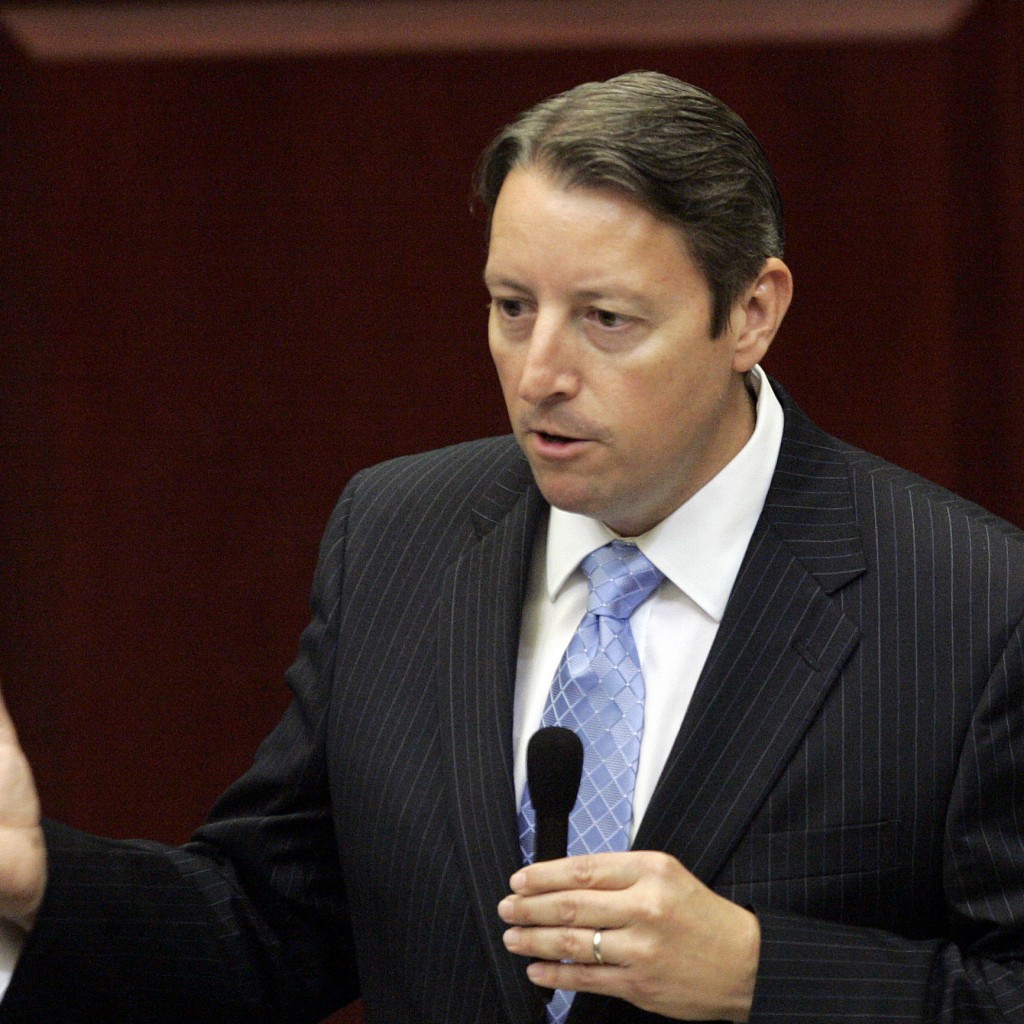
The Florida Senate’s panel on redistricting on Friday narrowly cleared a new map resetting the boundaries of the state’s 40 senatorial districts.
The committee’s recommended map (S9090) next will be heard on the Senate floor Tuesday. It was approved on a 4-3 party-line vote.
Committee chair Bill Galvano, a Bradenton Republican, said all senators will almost certainly be required to run again for their seats next year. “It’s probably a legal reality at this point,” he told reporters.
As to the map’s chances for passage by the full Senate, Galvano said, “I’ve got my work cut out for me.”
Indeed, prominent Republican senators – including a former Senate president and a possible future one – already were criticizing the proposed fix, suggesting it could be found unconstitutional.
Republican Sen. Jack Latvala of Clearwater isn’t on the Reapportionment Committee, so he signed up to speak during the public comment section: “I realize this is unusual, but we’re in unusual times.”
The Legislature has reconvened in Special Session for the third time this year, this time to fix the state Senate districts that voting-rights groups claimed were unconstitutionally gerrymandered to benefit Republicans and incumbents. The map was first redone after the 2010 census.
The Senate settled the suit by admitting fault and agreeing to redraw the lines.
Now, “I see history repeating itself,” said Latvala, who’s seeking to be the chamber’s chief after current President Andy Gardiner.
“What we seem to have done is pick an outlier,” he said, referring to the map approved Friday.
Latvala panned it because it divides Alachua and Volusia counties into different districts, severs the city of Sarasota from the rest of Sarasota County, and splits Pasco County into three separate districts.
The map also contains a district that crosses Tampa Bay, which the Supreme Court frowned upon this year in a similar case addressing congressional districts.
Its districts also are randomly numbered as opposed to new districts inheriting the number of old districts they are “most in common” with.
State Sen. Tom Lee, a Brandon Republican and president of the chamber 2004-06, said that any of the six staff-drawn maps considered earlier in the week would have been passed by the House.
“They will not look fondly on a map that doesn’t follow one of those six,” he said, adding that the map’s “fatal flaw” is that it ignores directions for districts to be “compact” and follow political and geographical boundaries.
“That may make legal sense, but it makes no common sense,” Lee said. “It seems defiant” and makes the Senate look “unnecessarily dug in, like we have some superiority complex that we know better.”
Lee voted for the map, but offered that its success next week was “kind of a coin toss.”
After the meeting, Galvano said the map is “constitutionally compliant” and that he hopes it will be OK’d by the courts.
However, he asaid, “this hasn’t been an easy road for us and I don’t want to be overly optimistic.”



